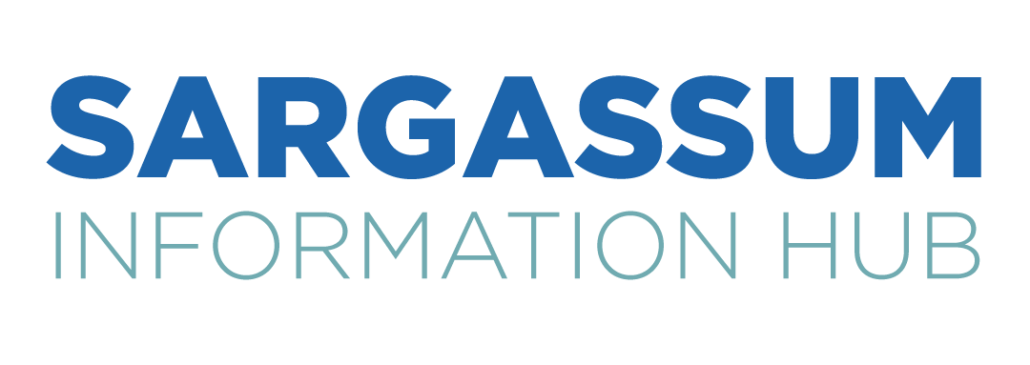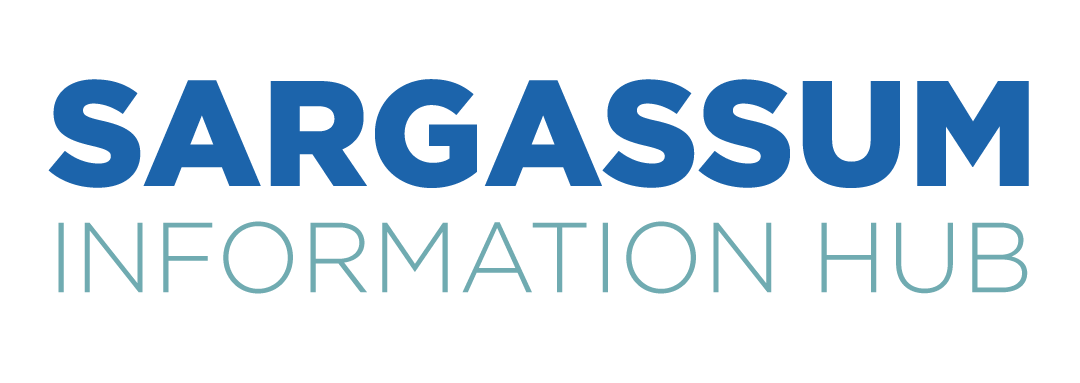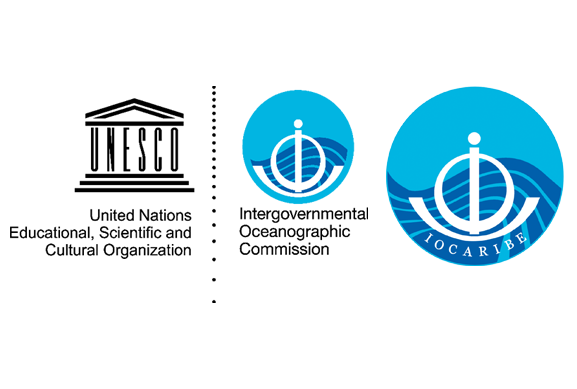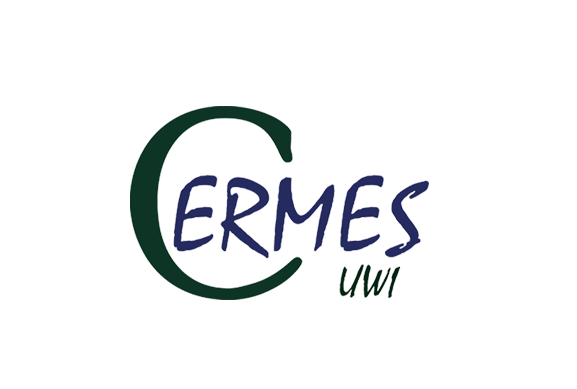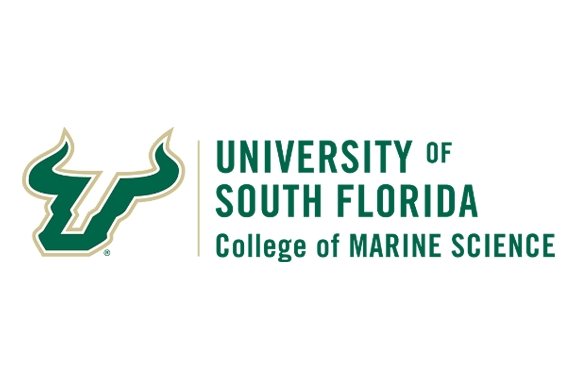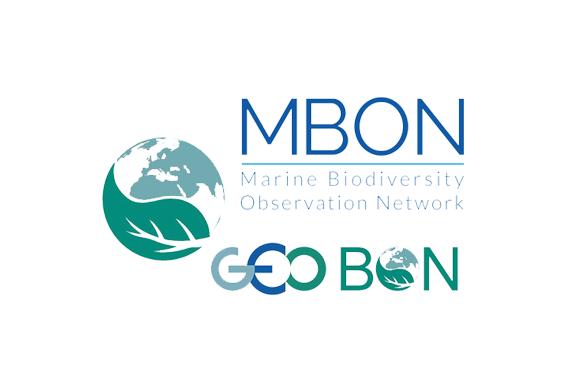The main goal of the national response to sargassum has been to reduce strandings along priority beaches, facilitate natural dispersion or decomposition and minimise potential negative impacts. The government’s management initiatives have included ongoing cleanup operations as well as public awareness-raising campaigns.
The government has coordinated community-based cleanup initiatives with a number of enterprises and community organizations. Due to the need for people and resources, the government has been working in collaboration with community groups, fisherfolk, and businesses on clean-up initiatives. In addition to the conventional removal methods, other mitigative techniques were attempted, for example, utilising docked boats as mobile flushing stations to clear marina channels of sargassum to minimize impacts.
Public education campaigns for have included handing out pamphlets, sending alerts to the public, and organizing public talks to explain the history of sargassum, its benefits and negative impacts, as responsible sargassum removal practices. Workshops for the tourist industry have also been incorporated in public education efforts to offer knowledge on appropriate responses.
A commitment to regional cooperation is also a part of the government’s response. For instance, in 2016, the Government, Virgin Unite, The Caribbean Council, the UK Foreign & Commonwealth Office, and the Organisation of Eastern Caribbean States collaborated to host a two-day regional sargassum conference on Moskito Island.
The British Virgin Islands is one of three territories participating in the Sustainable Sargassum Management in Anguilla, British Virgin Islands and Montserrat project led by the Caribbean Natural Resources Institute (CANARI). The project aims to enhance the knowledge, institutional frameworks, experience and commitment of coastal and marine resource managers and users in Anguilla, BVI and Montserrat to manage the ecological and socio-economic risks from sargassum influxes. Under the project, a 2023 Draft Sargassum Adaptive Management Strategy (SAMS) was developed for the British Virgin Islands, primarily to “build resilience to threats from influxes of sargassum seaweed, turning the potential threats where possible into adaptive opportunities for sustainable development.”
